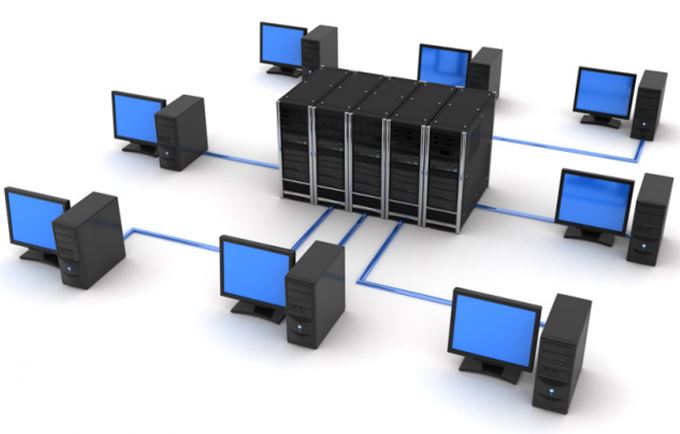The Particulars of Servers

In the current scenario, servers have gained enormous importance and for the proper functioning of the entire Information Technology (IT) system. A server can either be a computer itself or a separate computer program that manages the access to the main hub of the network to and from different other clients and computers. The server’s main task is to execute, relay, and completing requests from other client computers. Servers can essentially be categorized into physical servers and virtual servers. A physical server is the simplest of the lot with a computer acting as the server through the execution of the designated server program that is included in it. On the other hand, a virtual server is only a virtual representation of the former. However, like the physical servers, a virtual server also comes with its own set of software and operating system (OS).Â
An important component in order to complete the tasks of servers is named the hypervisor, which has to be introduced into a physical server. The hypervisor helps the physical server to act as a form of a host to other computers within the network. It also enables the bandwidth, memory, storage, to other machines connected to it. There is also the administrative console which helps in the allocation of a certain level of hardware resource and network bandwidth to the other virtual machines connected with the server. With this server configuration, the hardware costs are reduced significantly as one single physical server can attend to the hardware needs of the virtual devices connected to it. The OS of the server is another means by which clients can access the services provided by the server. Also, there is a varied range of servers that serve a range of different tasks as required.Â
Firstly, there is the web server, which provides HTML pages, website information, and related files. Here, the client in question is the web browser. Then there is the application server of a certain computer program. This is in a distributed network and the main source of business logic for the application in question. There are also proxy servers that serve as the intermediary between the main server and the clients requesting information or data from it. An email server that receives mails and forwards them accordingly within the same domain. A file server helps in storing relevant files, and other documents, from which they can be accessed as and when required. There are also numerous database servers that store important databases and can produce them for clients when required.Â
An organization needs to choose the ideal server needed to fulfill its requirement and this choice also depends on a large number of interrelated and independent factors. It is also to be kept in mind that to maintain a well-functioning server, regular server maintenance also needs to be done to ensure that the server continues to function in the same way as desired. The various server components also need to be in perfect synchronization to produce the desired result. The size of the business organization and the daily major task requirements also play a huge factor in deciding the best server option among the given choices.Â
Tags: Cloud Server, IT consultant, server configuration, Server Maintenance